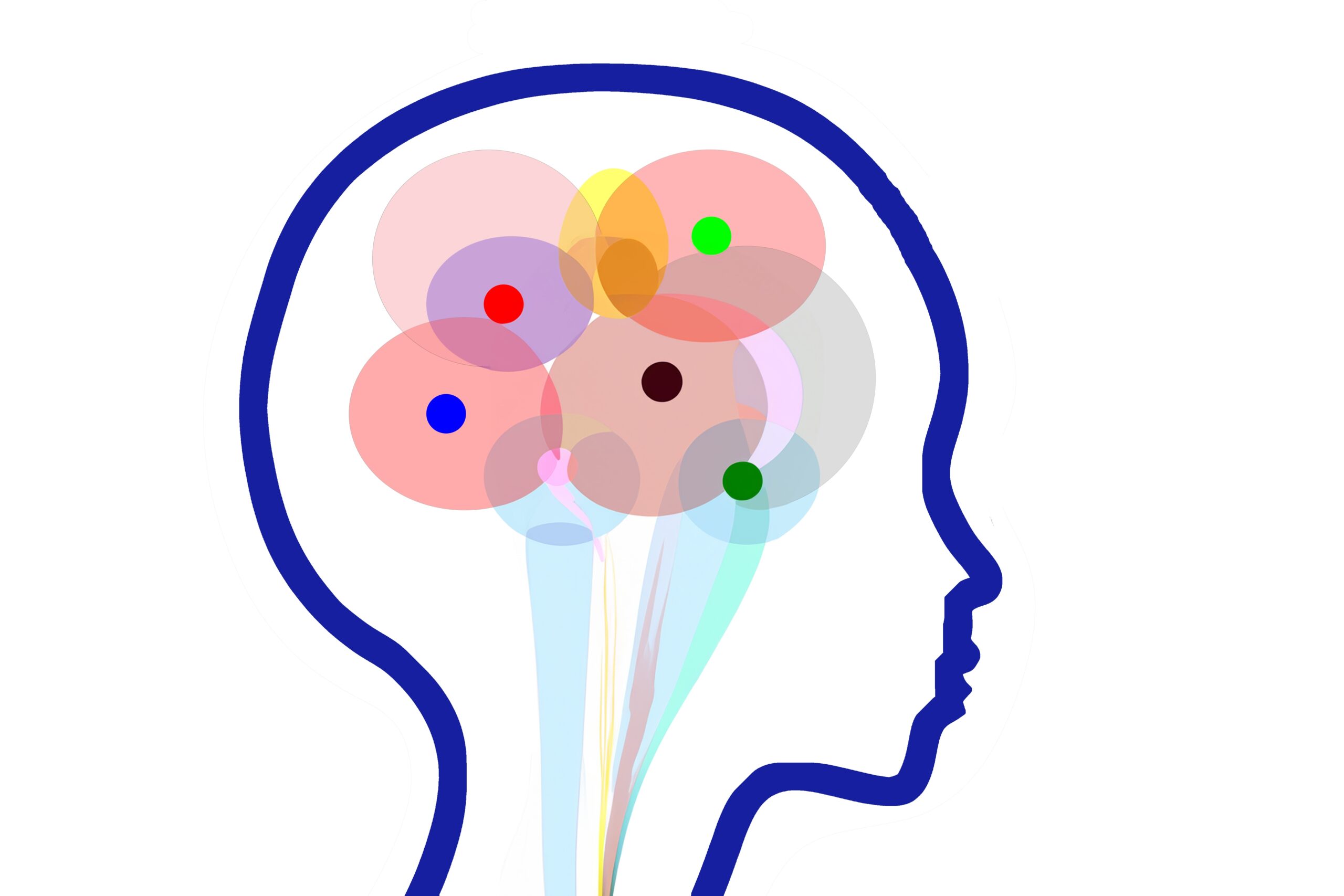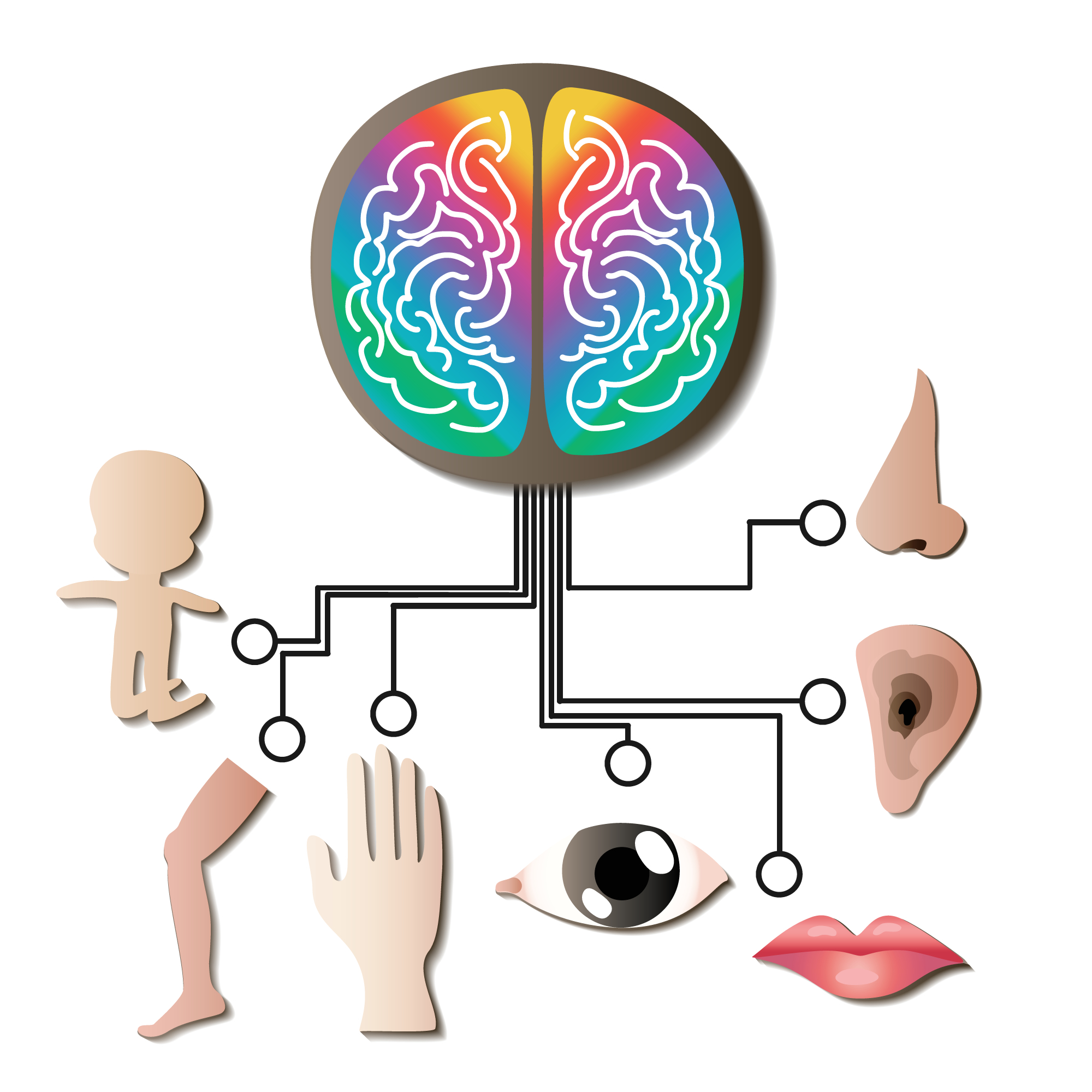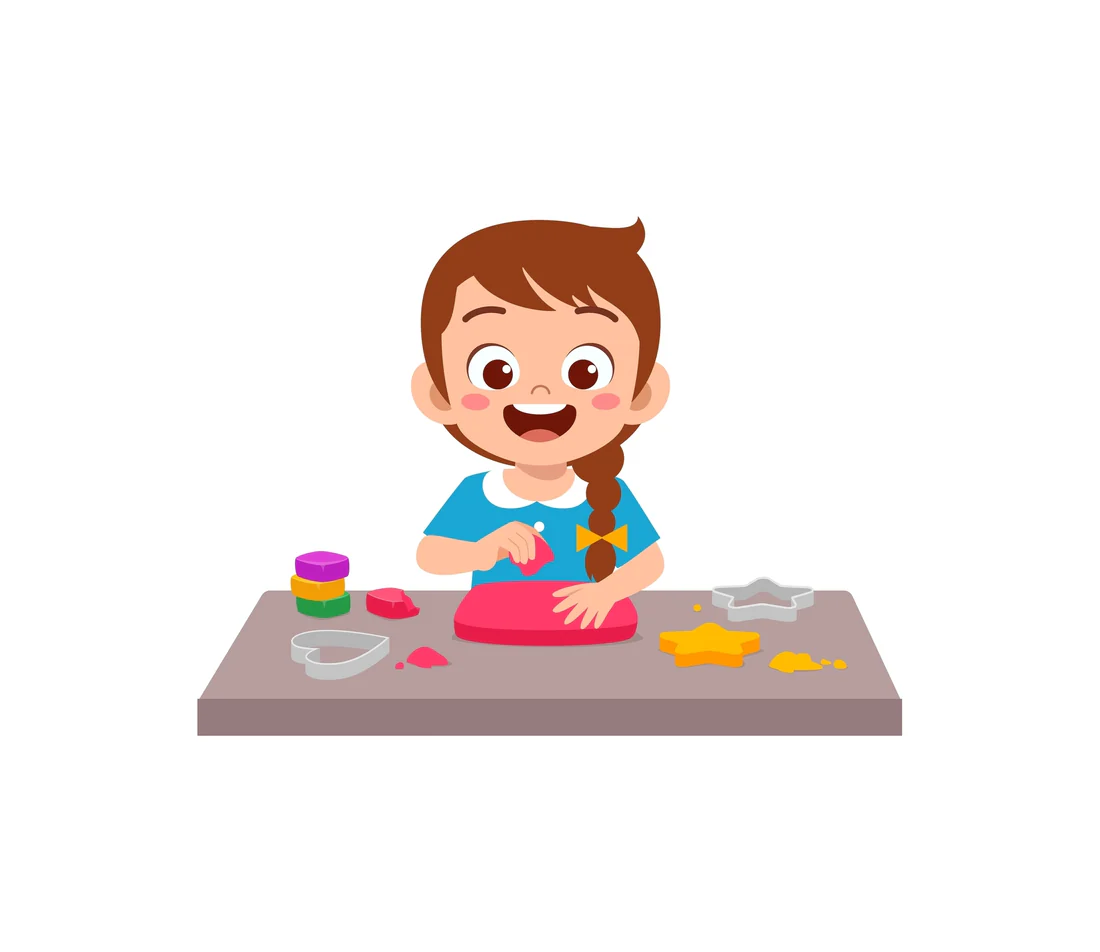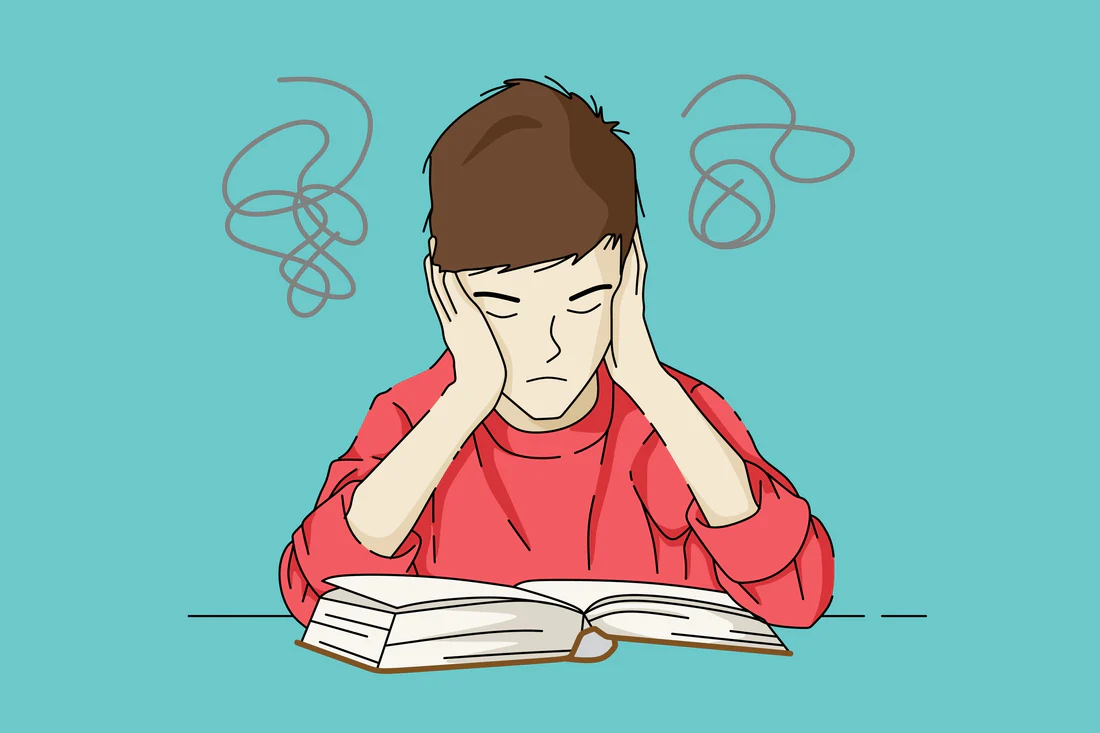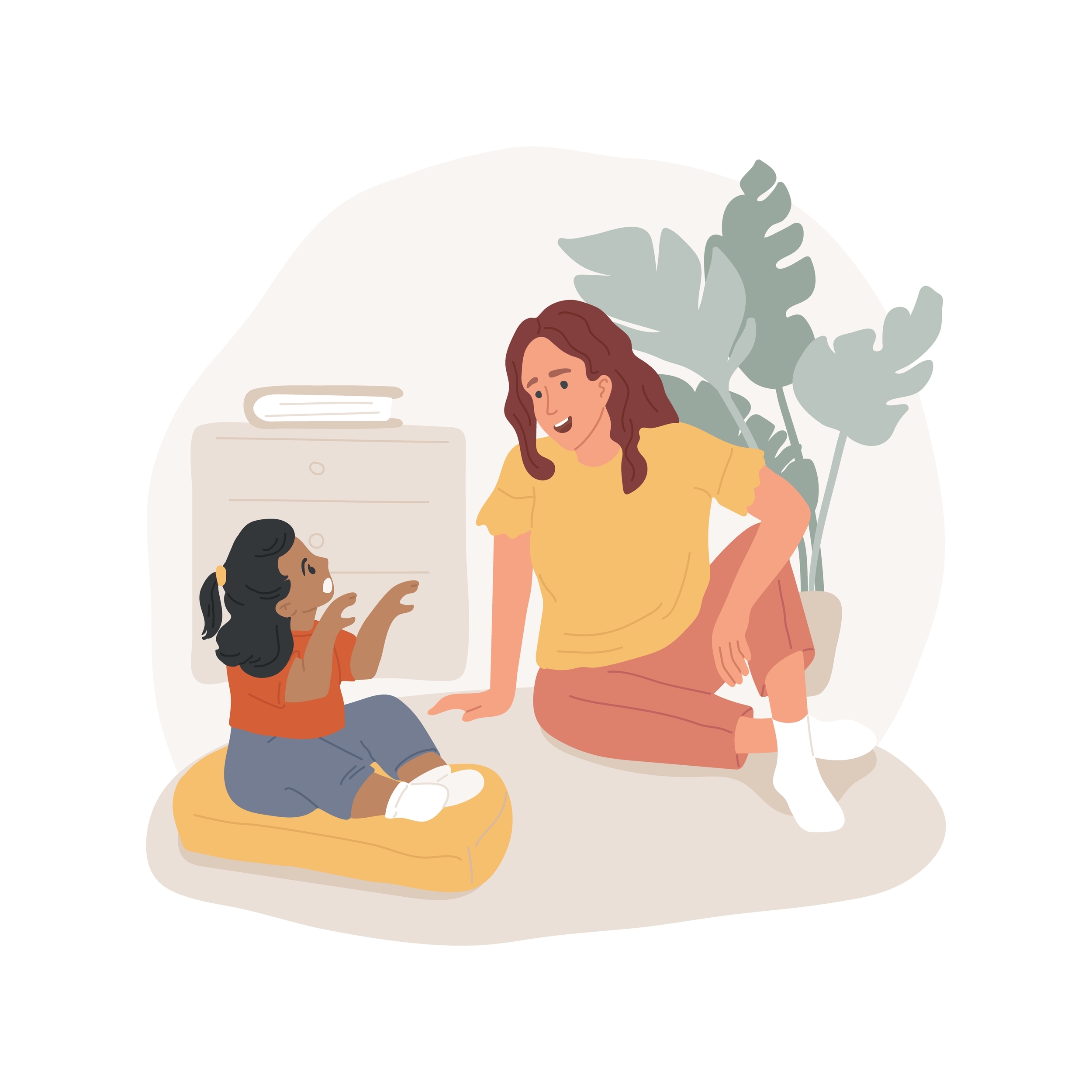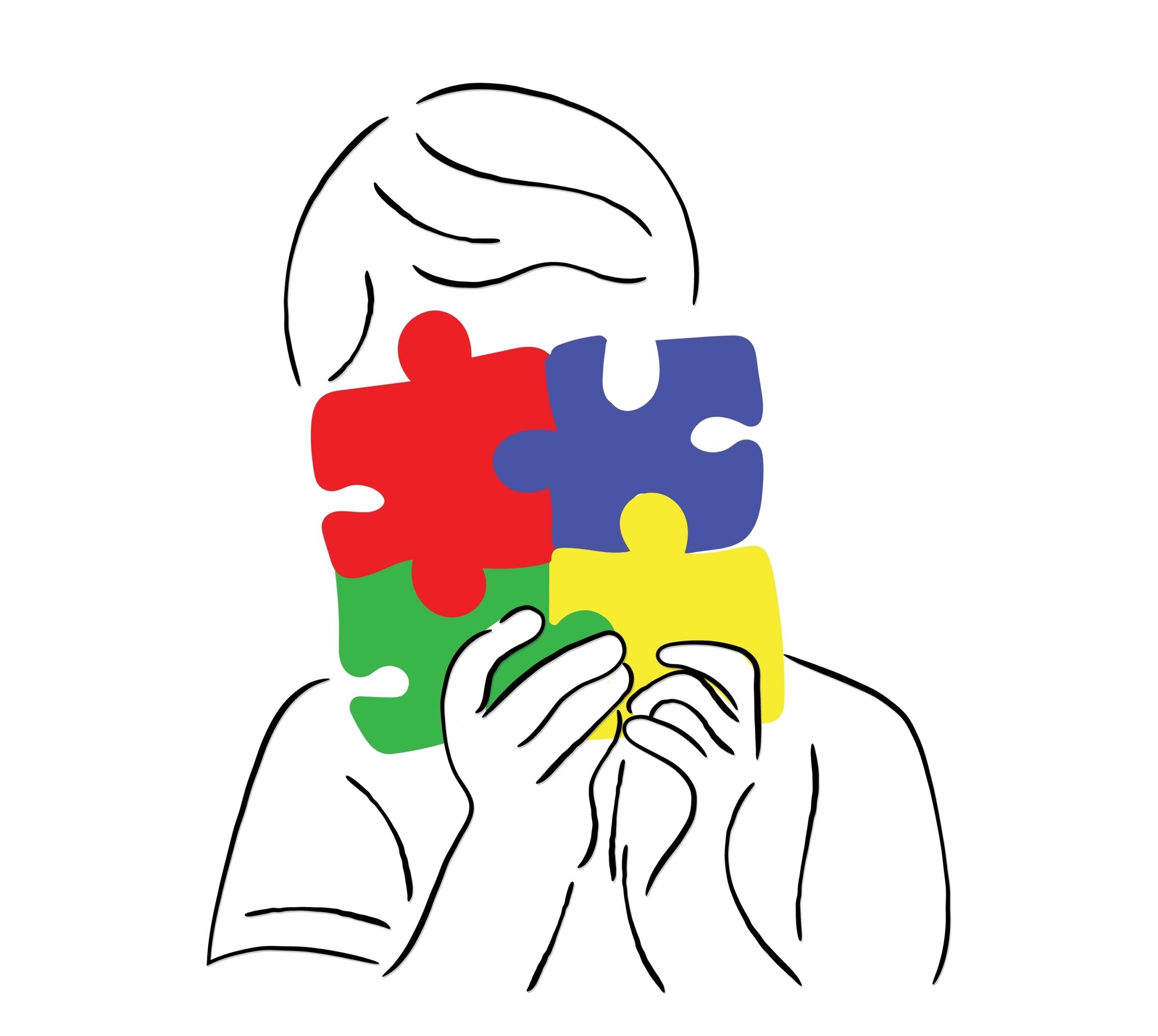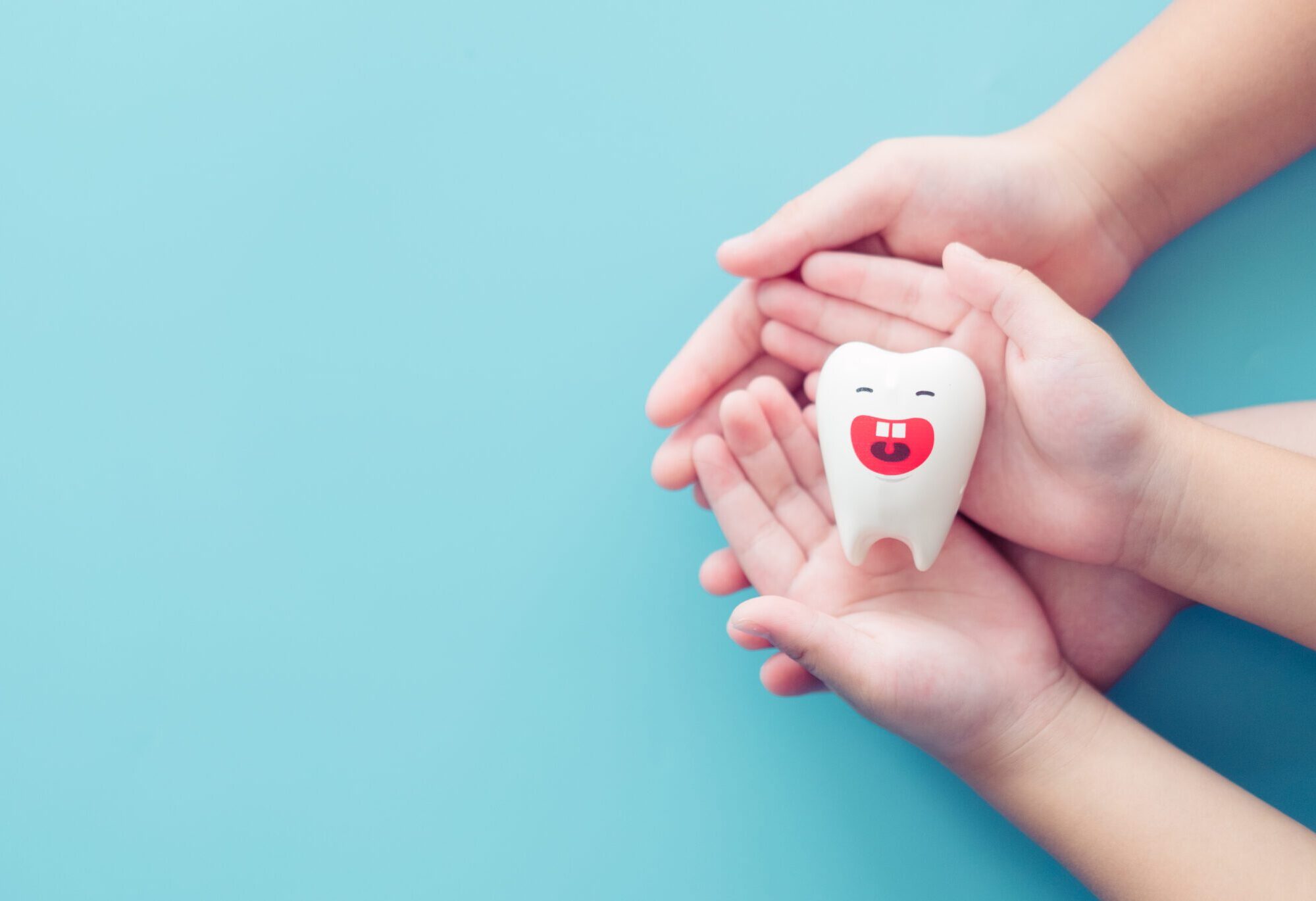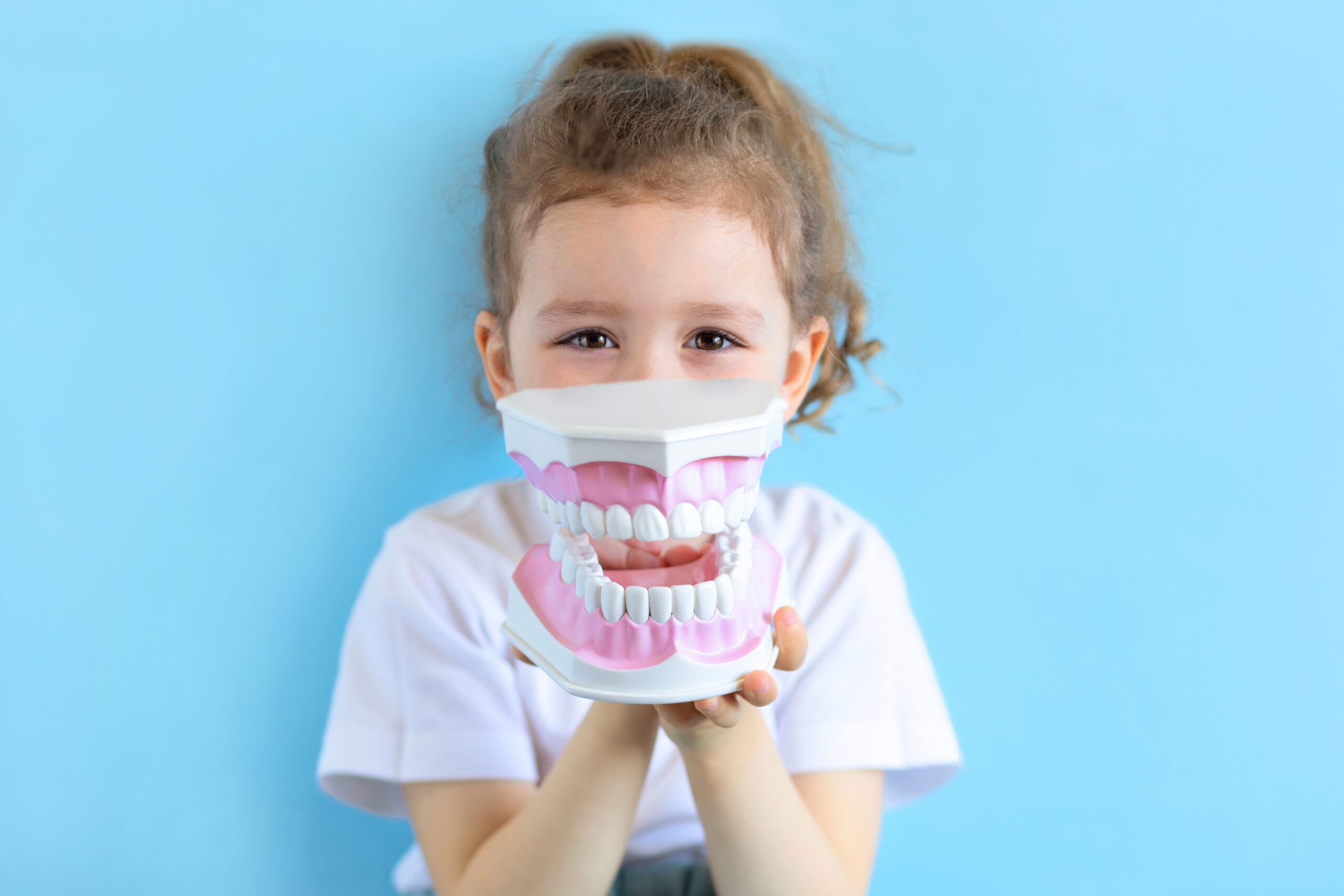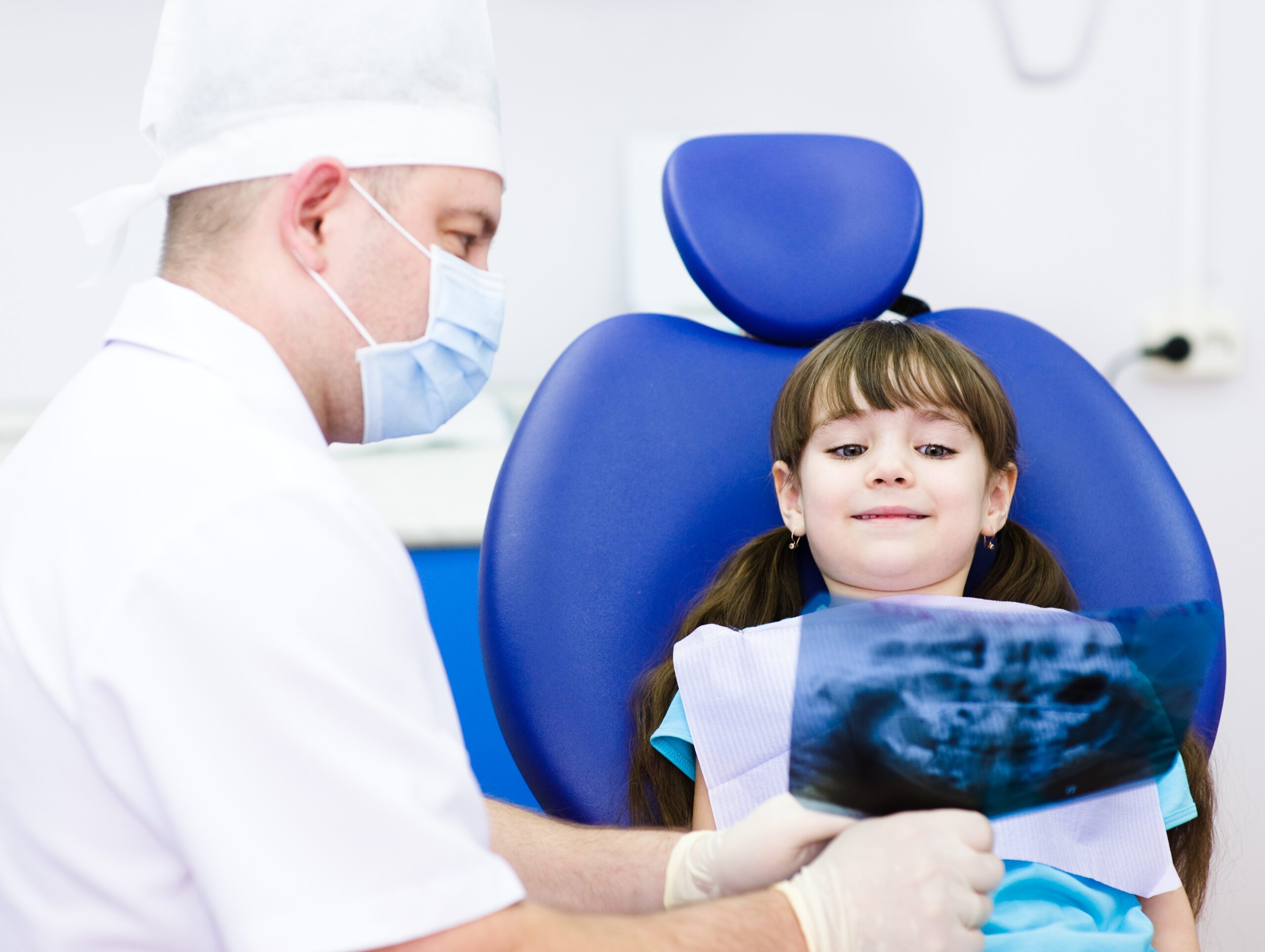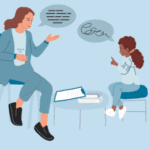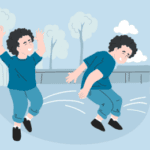
Blog
TMJ Pain Relief: Physical Therapy Exercises That Help
Author: DrSensory
August 5, 2025
TMJ Pain Relief: Physical Therapy Exercises That Help
The persistent ache in your jaw, the clicking or popping sound when you chew, and the recurring headaches can be more than just a minor annoyance. This discomfort can disrupt simple pleasures like enjoying a meal, yawning freely, or even talking. If this sounds familiar, you may be experiencing temporomandibular joint (TMJ) disorder. The search for relief can be frustrating, but for many, the answer lies not in invasive procedures but in a targeted, conservative approach: physical therapy.
While medication can offer temporary relief, it often fails to address the root cause of the problem. Physical therapy offers a proactive solution, empowering you with the tools and knowledge to manage your symptoms, restore proper jaw function, and find lasting relief. By focusing on the muscles and mechanics of the jaw, a skilled therapist can help you break the cycle of pain and dysfunction.
This guide will explain what TMJ disorder is, outline its common symptoms, and explore the effective physical therapy techniques and at-home exercises that can help you find relief from jaw pain and reclaim your comfort.
What Is TMJ Disorder?
Your temporomandibular joint is a complex hinge that connects your jawbone to your skull, located just in front of each ear. It’s responsible for the up-and-down and side-to-side movements that allow you to talk, chew, and yawn. Temporomandibular joint disorder, often simply called TMD or TMJ, isn’t a single condition but a group of problems affecting the jaw joint and the muscles that control its movement.
The pain and dysfunction associated with TMJ disorder can arise from several issues. Sometimes, the joint’s cartilage is damaged by arthritis. Other times, the joint may be injured by a blow or impact. In many cases, the disc that acts as a cushion between the bones of the joint can erode or move out of its proper alignment.
However, one of the most common culprits is muscle fatigue and tightness from overuse. This can be caused by clenching or grinding your teeth (bruxism), often due to stress, or by habitual behaviors like chewing gum, biting your nails, or poor posture where the head juts forward, straining the muscles of the neck and jaw.
Common Symptoms of TMJ Pain
TMJ disorder presents a wide range of symptoms, which can sometimes make it difficult to diagnose. The signs can be persistent or intermittent, and they can affect one or both sides of your face.
Look out for these common indicators:
- Pain or Tenderness: The most frequent symptom is pain in the jaw, in and around the ear, in the face, or in the neck and shoulders.
- Audible Joint Sounds: A clicking, popping, or grating sound when you open or close your mouth. This sound may or may not be painful.
- Limited Movement or Locking: Difficulty opening your mouth wide or a sensation of the jaw “getting stuck” or locking in an open or closed position.
- Chewing Difficulty: Pain or discomfort while chewing, feeling as if your upper and lower teeth are not fitting together correctly.
- Headaches: Chronic headaches, often mimicking tension headaches or migraines.
- Ear-Related Symptoms: Earaches, a feeling of fullness in the ear, or ringing in the ears (tinnitus).
- Facial Swelling: Swelling on the side of your face.
Physical Therapy Techniques for TMJ Relief
A physical therapist is an expert in musculoskeletal function. When it comes to TMJ disorder, they can identify the underlying mechanical problems and create a personalized plan to alleviate pain and restore normal jaw movement. Your treatment will likely begin with a thorough evaluation of your posture, neck mobility, and jaw function.
Common physical therapy interventions include:
- Manual Therapy: A therapist uses hands-on techniques to gently stretch the jaw and neck muscles, reducing tightness and breaking up scar tissue. They may perform soft tissue mobilization to release trigger points or gentle joint mobilizations to improve the movement of the jaw joint itself.
- Postural Correction: Poor posture, especially a forward-head position, puts significant strain on the neck and jaw muscles. A therapist will teach you exercises and awareness techniques to improve your posture while sitting, standing, and working, which can dramatically reduce jaw tension.
- Patient Education: Understanding what triggers your pain is a critical part of management. A therapist will educate you on habits to avoid (like chewing tough foods or resting your chin on your hand) and teach you relaxation techniques to reduce clenching.
- Modalities for Pain Control: In some cases, a therapist may use modalities like moist heat to relax tight muscles or ice to reduce inflammation and pain. They might also use ultrasound or electrical stimulation to promote healing and provide relief.
At-Home Exercises for Jaw Pain
A key part of your physical therapy will be a home exercise program. These gentle exercises are designed to stretch and strengthen jaw muscles and improve mobility. Always perform them slowly and stop if you experience sharp pain.
1. The Rocabado 6×6 Exercises
This is a classic set of six exercises performed six times each, six times a day, designed to restore normal jaw mechanics. A cornerstone is mastering the resting position of the jaw.
- Resting Position: Gently place your tongue on the roof of your mouth, just behind your front teeth. Allow your teeth to come apart slightly and your lips to close. Breathe deeply. This is the ideal resting state for your jaw.
2. Controlled Opening
This exercise helps retrain the jaw to open without deviating to one side.
- How to do it: Place your tongue on the roof of your mouth. Place one finger on your TMJ (just in front of your ear) and another on your chin. Slowly lower your bottom jaw halfway and then close it, keeping your chin moving straight up and down.
3. Resisted Opening and Closing
These exercises add gentle resistance to strengthen the muscles.
- Resisted Opening: Place your thumb under your chin and apply gentle upward pressure as you slowly open your mouth. Hold for 3-5 seconds.
- Resisted Closing: Place your thumb on your chin and your index finger between your bottom lip and chin. Squeeze and apply gentle downward pressure as you slowly close your mouth.
4. Chin Tucks
This simple exercise helps correct forward head posture.
- How to do it: Sit or stand tall. Keeping your eyes level, gently glide your chin and head straight back until you feel a comfortable stretch at the back of your neck. Hold for 5 seconds and repeat 10 times.
By combining professional guidance from a physical therapist with a consistent at-home exercise routine, you can effectively manage TMJ disorder and significantly improve your quality of life.
Frequently Asked Questions (FAQ)
❓How long does physical therapy take to work for TMJ?
Many patients start to feel some relief within a few sessions. However, a typical course of treatment to achieve lasting results may range from 4 to 8 weeks, depending on the severity of your condition and your consistency with the home exercise program.
❓Should I use ice or heat for TMJ pain?
For acute, sharp pain and inflammation, applying an ice pack wrapped in a thin towel to the affected area for 10-15 minutes can be helpful. For dull, muscular aches and stiffness, applying moist heat (like a warm, damp cloth) for 15-20 minutes can help relax the muscles.
❓What foods should I avoid with TMJ disorder?
During a flare-up, it’s best to avoid hard, chewy, or crunchy foods that require wide opening of the mouth. This includes things like tough meats, hard candies, chewing gum, bagels, and whole apples. Stick to a soft food diet with items like soup, yogurt, mashed potatoes, and smoothies.
❓Can stress make my TMJ pain worse?
Absolutely. Stress is a major contributor to TMJ disorder because it often leads to unconscious jaw clenching and teeth grinding (bruxism), especially during sleep. Practicing stress-reduction techniques like deep breathing, meditation, or yoga can be a very important part of your treatment plan.
❓Do I need a referral to see a physical therapist for TMJ?
In many states, Direct Access laws allow you to see a physical therapist without a referral from a doctor or dentist. However, it’s always a good idea to check with both the physical therapy clinic and your insurance provider, as some plans may still require a referral for reimbursement.
related blogs
Your child is constantly moving, crashing into furniture, or having meltdowns in response to seemingly minor things like a loud
Your toddler refuses to wear certain clothes, has huge meltdowns in noisy places, or is an extremely picky eater, limited
Your child seems to miss verbal instructions, struggles to follow conversations in noisy environments, and often asks "what?" even when
On the surface, autism and Ehlers-Danlos syndrome (EDS) might seem like two entirely unrelated conditions. One is a neurodevelopmental condition
The intense head pain begins, lights feel blindingly bright, and every sound seems amplified to an unbearable level. You retreat




